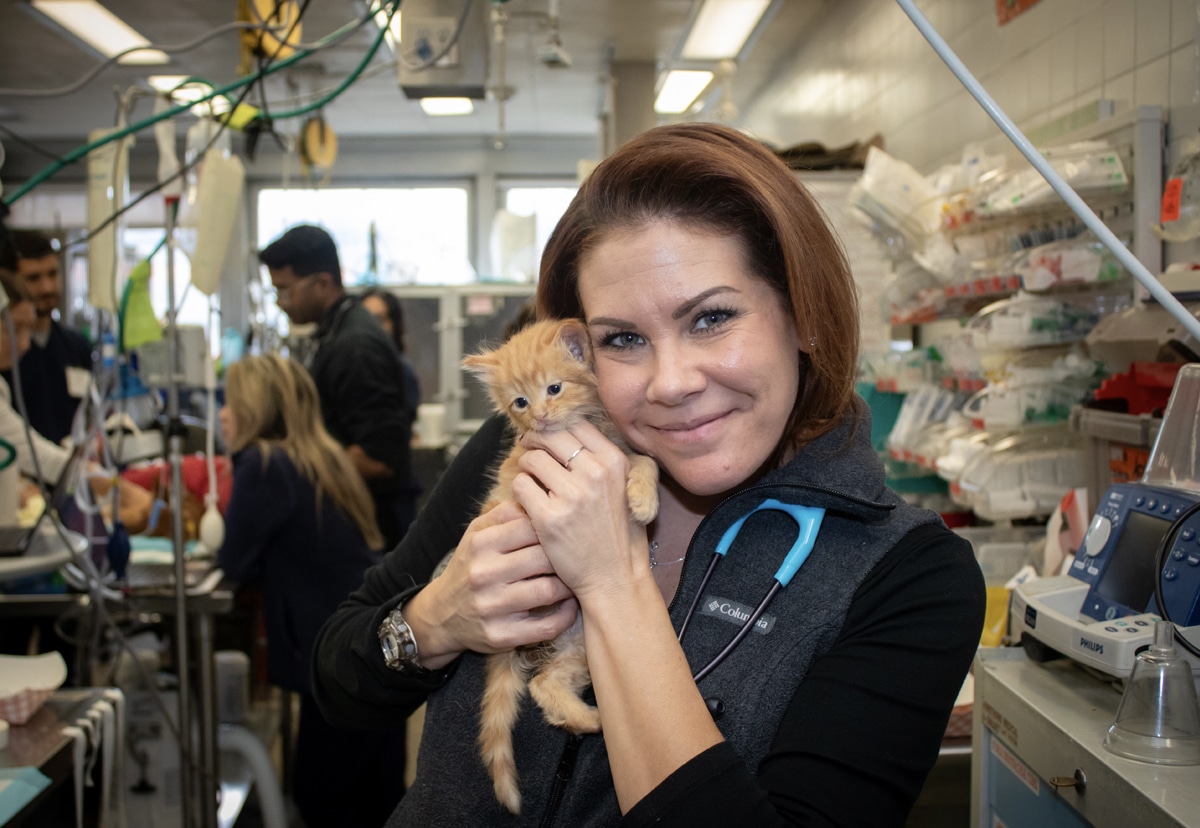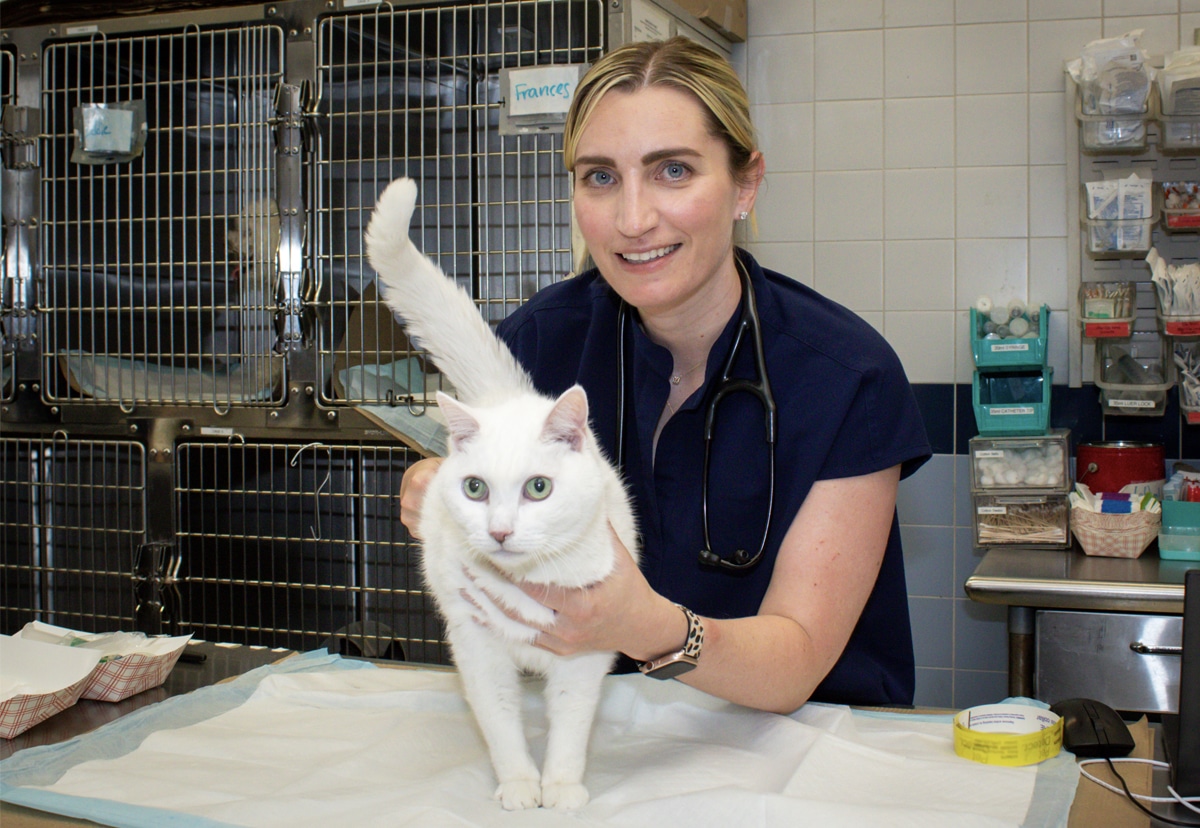Urethral Obstruction in Cats

Background
Urethral obstructions occur when the urethra (the tube through which urine exits the body from the bladder) is blocked. These blockages can be caused by plugs (a buildup of protein, cells, or minerals from the bladder), urinary stones, and/or inflammation. While both male and female cats can develop a urethral obstruction, it is most often seen in males because of their longer and narrower urethra.
Urethral obstructions are a life-threatening emergency. If the blockage lasts too long and urine is unable to exit the body, the buildup can damage the kidneys and cause the bladder to rupture.
Risk Factors
Male cats have a greater risk of developing a urethral obstruction due to their longer and narrower urethra. In addition, cats with feline lower urinary tract disease (FLUTD) or other urinary tract problems are at an increased risk of blockage.
Signs
Signs of urethral obstruction can include:
- Straining to urinate
- Difficulty passing urine
- Increased frequency of urination
- Crying out while urinating
- Blood in the urine
- Urinating outside of the litter box
- Painful abdomen
- Loss of appetite
- Depressed mood
- Vomiting
In addition to these signs, pet owners may mistake their cat straining to urinate for constipation. Regardless, if you notice your cat is having difficulty relieving themselves, bring them to your veterinarian right away.
Diagnosis
If your veterinarian suspects that your cat has a urethral obstruction after performing a physical examination, further tests will be needed. Since blockages can damage the kidneys, bloodwork will be taken to evaluate kidney function and test for high concentrations of electrolytes in the blood. Your veterinarian will also want to perform a urinalysis to test for the presence of an infection. Finally, your veterinarian may take an x-ray or an ultrasound in order to determine if bladder stones or another problem is the cause of the blockage, which will inform the best course of treatment.
Treatment
Your cat will need to be heavily sedated or anesthetized in order to fix the blocked urethra. Blockages caused by plugs or urinary stones are treated by using a catheter to open the urethra. If the blockage cannot be relieved with a catheter, the bladder may be emptied either by using a needle and syringe or by placing a special catheter though the skin and into the bladder to drain the urine. Once the obstruction is corrected, your veterinarian will flush the bladder with a sterile saline solution through a catheter to get rid of any remaining debris or sediment. Following this emergency treatment, your cat may need to be monitored for a few days with the catheter left in place until your cat can urinate on its own.
Prevention
Cats that have had a urinary obstruction are at a higher risk of developing a blockage again. If the blockage was caused by urinary stones, your veterinarian may prescribe certain medications or a diet plan to prevent the formation of more stones in the bladder. In general, it is important to make sure your cat is drinking plenty of water and is living in a stress-free environment as both of these can affect your cat’s urinary health.
Make an Appointment






Emergency & Critical Care
As New York City's only Level 1 Veterinary Trauma Center at a hospital accredited by the American Animal Hospital Association (AAHA), AMC is the premier veterinary emergency room in the tri-state area. Where you go first for emergency care matters, and there is no better place than the Schwarzman Animal Medical Center.
Learn More





























